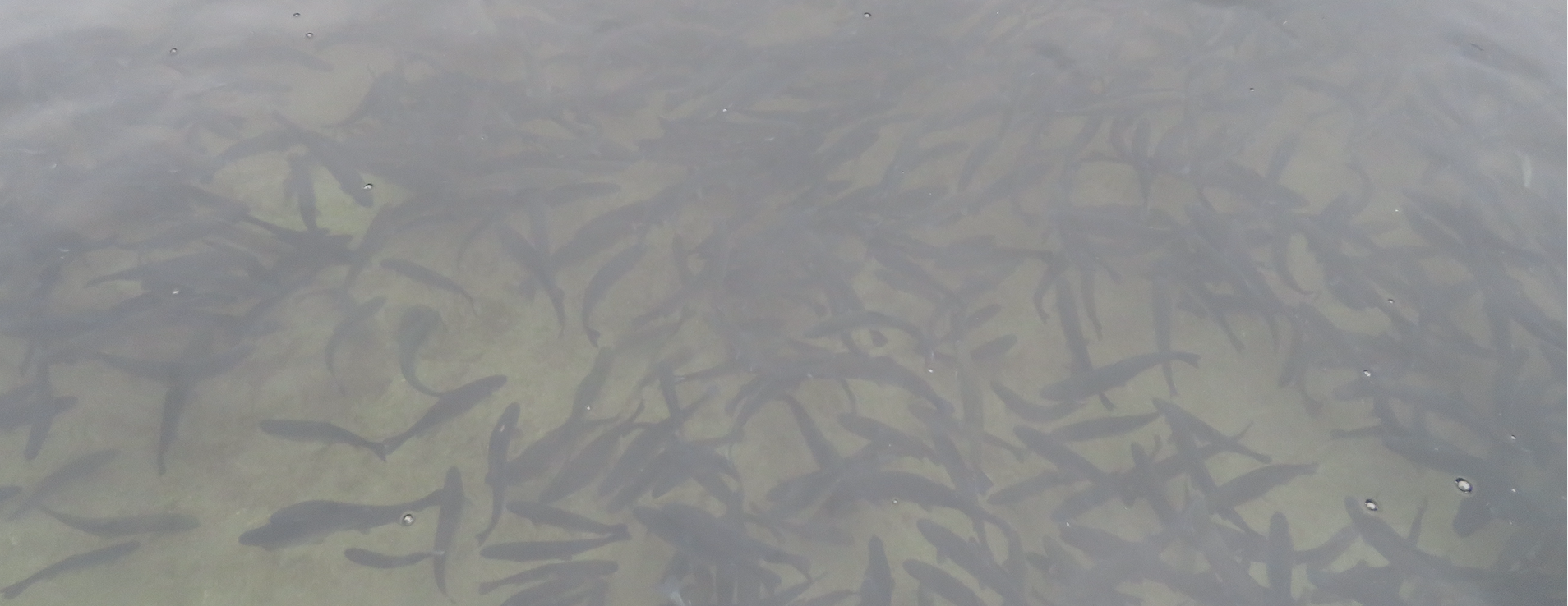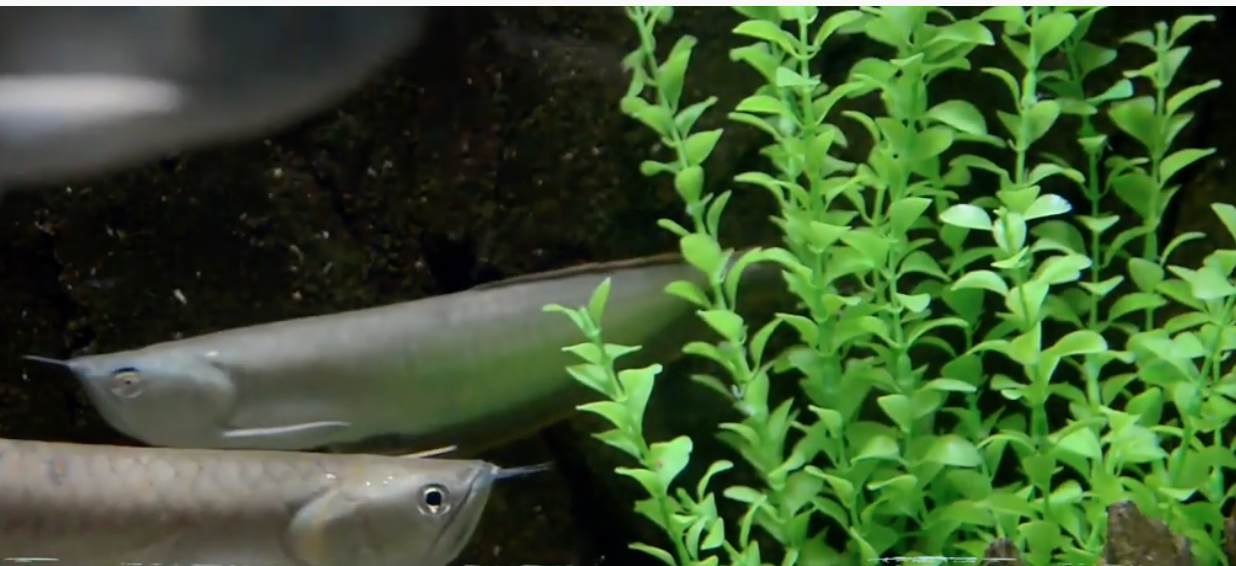
Rainbow trouts in a raceway (photos: Studer/fair-fish)
Bridging the gap
The idea behind the fair-fish database was to bundle all scientific knowledge about the behaviour and needs of a fish species in order to make it usable for more fish welfare in practice. The Carefish project is now bridging between science and practice.
Fish welfare guidelines for Friend of the Sea
The first major order came from Friend of the Sea (FOS), the leading international label for sustainable fisheries and aquaculture. In spring 2017, its founder and director Paolo Bray invited us to draft fish welfare guidelines that could then be integrated into the FOS standard. Towards the end of 2018, the US based foundation Open Philanthropy agreed to financially support the extensive work.
In 2018 and 2019, we visited 51 FOS-certified fish farms in 12 countries two consecutive times. During the first round of visits, we surveyed the difference between what is desirable according to the FishEthoBase and the reality encountered; the farms were then given suggestions for improvement. During the second round of visits six months later, we investigated which suggestions had already been implemented, which had not and why not. On this basis, we produced a research report and fish welfare guidelines for 24 fish species, which were adopted in the FOS standard in 2021. In the next project step, we support the implementation of the new standard on FOS farms.
